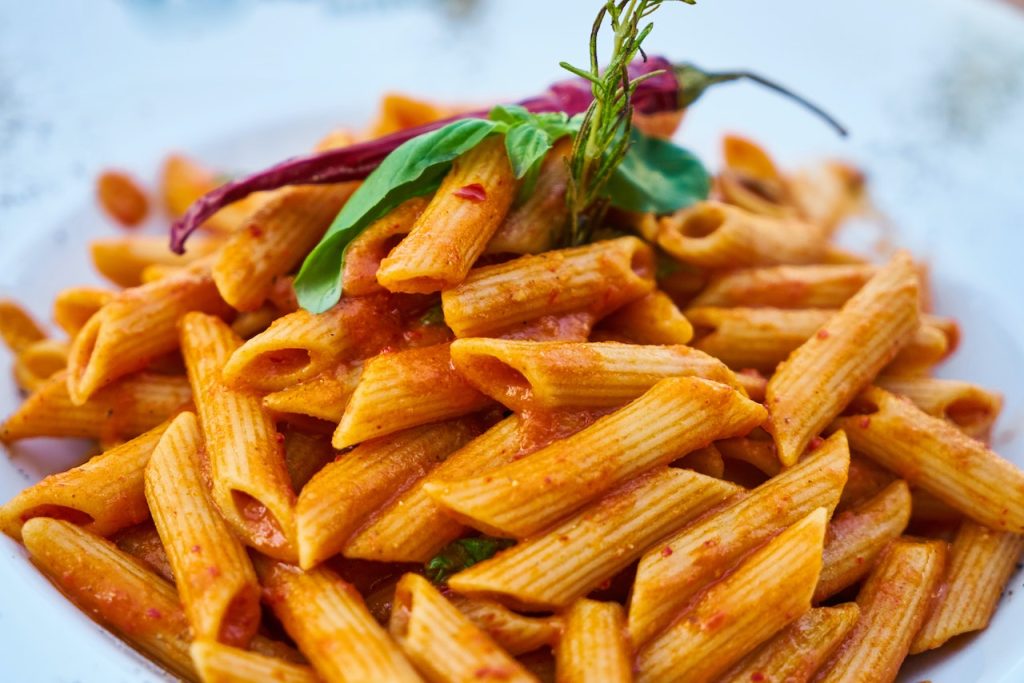Pasta is a beloved staple in many cuisines around the world, and cooking it to perfection requires a combination of technique and attention to detail. In this comprehensive guide, we will walk you through the steps to cook perfect pasta every time. From choosing the right pasta shape and selecting the appropriate cooking pot to determining the ideal cooking time and achieving the desired doneness, you’ll learn the tips and tricks to create a delicious and satisfying pasta dish.
Choosing the Right Pasta
The first step in cooking perfect pasta is selecting the right pasta shape for your recipe. Different shapes have varying textures and are better suited for specific sauces or preparations. Whether you prefer long and thin spaghetti, versatile penne, or textured rigatoni, understanding how the pasta shape interacts with the sauce and ingredients will elevate your dish. Experiment with different shapes to find the ones that complement your favorite recipes and enhance the overall dining experience.
Properly Salting the Water
Salted water is the foundation for flavorful pasta. When boiling the water, add a generous amount of salt to enhance the pasta’s taste. A good rule of thumb is to use one to two tablespoons of salt per pound of pasta. The salt not only seasons the pasta but also helps to bring out its natural flavors. Be sure to add the salt once the water comes to a boil but before adding the pasta.
Cooking the Pasta
Cooking pasta to perfection involves achieving the right balance between doneness and texture. Follow these steps for optimal results:
- Bring a large pot of salted water to a rolling boil.
- Add the pasta to the boiling water and stir immediately to prevent sticking.
- Cook the pasta according to the package instructions, stirring occasionally to ensure even cooking.
- Begin testing the pasta for doneness a minute or two before the recommended cooking time. The pasta should be al dente, meaning it is cooked but still slightly firm to the bite.
- Once the pasta is al dente, remove it from the heat and drain it immediately to prevent overcooking.
Timing and Testing for Doneness
Determining the ideal cooking time for your pasta requires attention and regular testing. Refer to the package instructions as a guideline, but note that the suggested cooking times may vary depending on the brand and type of pasta. Start checking for doneness a minute or two before the recommended time. Extract a piece of pasta with a fork and taste it to assess its texture. The pasta should be firm but not hard in the center. Remember that pasta continues to cook for a short time even after it’s drained, so slight undercooking is preferable.
Reserving Pasta Water
Before draining the pasta, reserve a cup of the cooking water. This starchy water can be a valuable addition to your pasta dishes. It helps to create a silky and cohesive sauce by emulsifying with fats, such as olive oil or butter, and binding the ingredients together. If your sauce seems too thick or dry, gradually add small amounts of the pasta water while tossing the pasta and sauce together until you achieve the desired consistency.
Properly Saucing the Pasta
To ensure that every strand or piece of pasta is well-coated with sauce, it’s important to follow a few key steps:
- Heat your sauce in a separate pan while the pasta is cooking.
- Just before the pasta reaches al dente, transfer it directly from the pot to the pan with the sauce using tongs or a pasta server.
- Toss the pasta in the sauce over medium heat, allowing the flavors to meld and the pasta to absorb the sauce.
- Continue tossing the pasta for a minute or two until it is evenly coated.
Resting the Pasta
Allowing the pasta to rest for a minute or two before serving can make a noticeable difference in its texture and how well it absorbs the sauce. Resting allows the pasta to continue cooking slightly and absorb some of the flavors from the sauce. During this time, the starches in the pasta also have a chance to reabsorb some moisture, resulting in a more cohesive and flavorful dish.
Serving and Garnishing
When serving pasta, pay attention to the details that can elevate the dish further:
- Use tongs or a pasta server to transfer the pasta onto individual plates or a serving dish.
- Garnish with fresh herbs, such as basil or parsley, to add a pop of color and freshness.
- Sprinkle grated cheese, such as Parmesan or Pecorino Romano, over the top to enhance the flavor profile.
- Serve with crusty bread or a side salad to complete the meal.
Troubleshooting
If your pasta turns out less than perfect, don’t worry. Here are a few common issues and their solutions:
- Sticky Pasta: To prevent pasta from sticking together, make sure you’re using an adequately sized pot with enough water to allow the pasta to move freely. Stir the pasta immediately after adding it to the boiling water and occasionally during cooking.
- Overcooked Pasta: If you accidentally overcook your pasta, quickly remove it from the heat, drain it, and rinse it under cold water to stop the cooking process. Adjust the cooking time for the next batch accordingly.
- Undercooked Pasta: If your pasta is slightly undercooked, you can return it to the pot with a small amount of hot water and continue cooking it for an additional minute or two until it reaches the desired doneness.
Conclusion
Cooking perfect pasta every time is an art that can be mastered with practice and attention to detail. By choosing the right pasta shape, properly salting the water, determining the ideal cooking time, and properly saucing the pasta, you can create delicious and satisfying pasta dishes that will impress your family and friends. With these tips and techniques, you’ll be well on your way to becoming a pasta aficionado. Embrace the versatility of pasta and enjoy the endless possibilities it offers in your culinary adventures.








